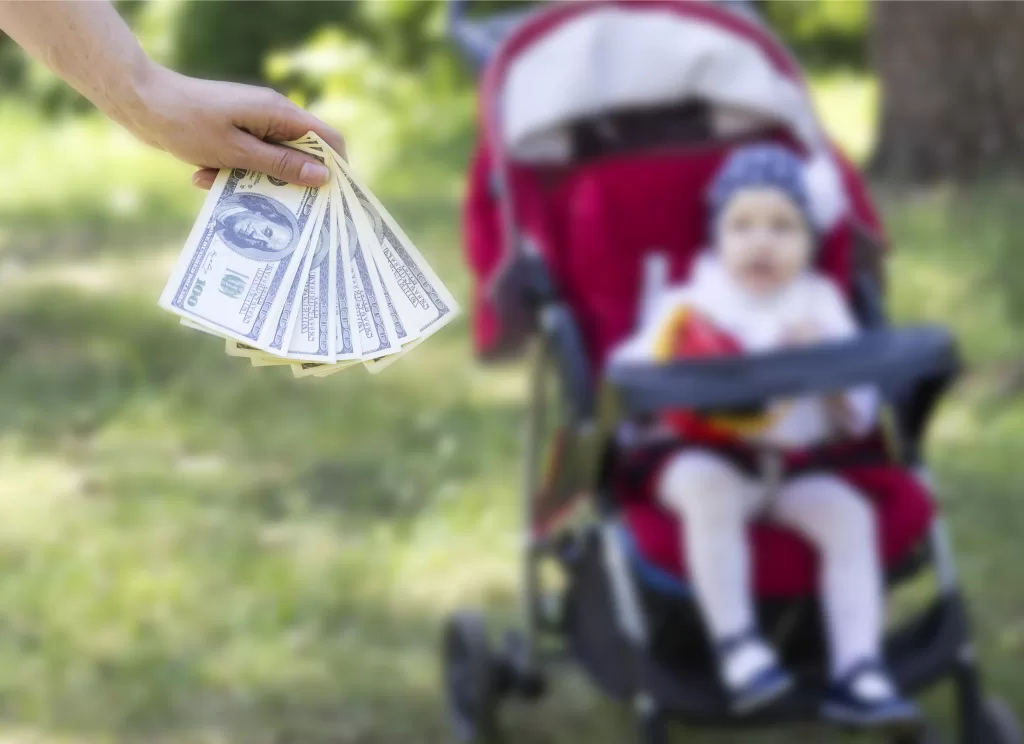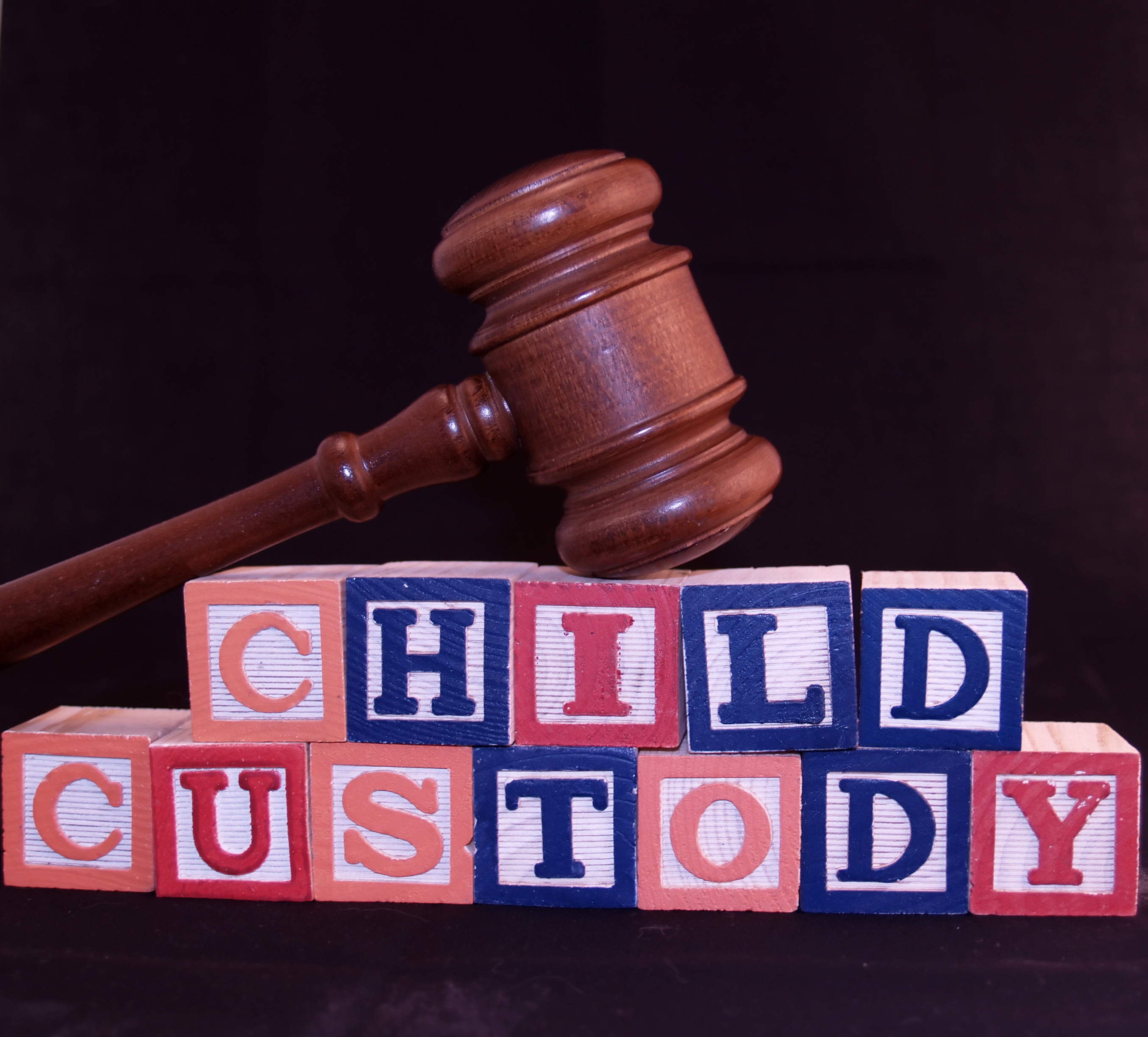![]()

Table of Contents
Introduction to New York Child Support
New York Child support laws are an important part of a family’s financial stability. In New York, the court system is responsible for making sure that parents are meeting their obligations with regard to providing financial support for their children.The law is called the Child Support Standards ACT (CSSA). It defines how, when, and how much is to be paid. Here’s a link to a cheatsheet on how much to pay, on the State’s Website.
Supporting your child in New York is mandatory. Even if agreed upon by the parents the amount must be approved by the judge as being consistent with the law.
It is important to understand the laws in order to ensure that your rights are respected. This article will provide an overview of CSSA including how it is calculated, what factors are considered, how to file for it, and more.
Introduction
The laws are designed to ensure that children receive the financial support they need from both parents. This is not only New York State law, but Federal law as well. That means that a judge must approve every child support agreement.
The CSSA is designed to ensure that both parents have a legal responsibility to provide for the needs of their children, regardless of the parent’s marital status. In New York, the court system is responsible for overseeing and enforcing the CSSA. It is important to understand the laws and your rights so that you can make sure that your children receive the support they need.
Overview of New York State Child Support Laws
In New York, the court system is responsible for enforcing the New York Child Support laws. The court system is responsible for making sure that parents are meeting their obligations with regard to providing financial support for their children. The court system also has the authority to order parents to pay support, modify existing orders, and enforce unpaid orders.
Under the CSSA, both parents are legally required to provide financial support for their children. This means that the court can order payments from either parent, regardless of their marital status. The court will also consider the resources of both parents, as well as the needs of the children when making a child support order.
What is Child Support?
Child support is a payment that is made by one parent to the other parent in order to provide financial support for their children. This payment is usually made on a monthly basis, although it can also be made in lump sums. The amount of the payment is determined by the court and is based on the income of both parents and the needs of the children.
Under the CSSA, the court system is responsible for making sure that both parents are meeting their financial obligations with regard to providing financial support for their children. The court can order either parent to pay child support, and can also modify existing child support orders.
How is it Calculated Under the New York Child Support Laws?
Calculating child support in New York uses a formula that takes into account the incomes of both parents and the needs of the children. The court will consider both parents’ incomes and the needs of the children when making an order. The amount of the payment is based on the needs of the children, as well as the income of both parents.
Under the New York Child Support Laws, the court also has the authority to modify existing orders. The court will consider changes in the needs of the children and the incomes of both parents when making a modification. The court will also consider factors such as the cost of living in the area where the child support is being paid, and any special needs that the child may have.
Factors Considered in Determining New York Child Support
When determining support, the law directs the court will consider several factors. First and foremost is a mathematical calculation.
Under the CSSA the amount of support is based on the number of children to be covered. For one child, the noncustodial parent will pay 17% of their income, for two children, it will be 25% of the income, for three children it will be 29% and for 4 children it will be 31%.
The court may also deviate upwards by considering the needs of the children, the cost of living in the area where the support is being paid, and any special needs that the child may have. The court will also consider the resources of both parents, as well as the amount of time that each parent spends with the child.
Ultimately, the purpose of the New York Child Support laws is to provide predictability and regularity to child support orders.
How is Income Calculation?
The New York Child Support laws take a very expansive definition of “income.” Income is defined as “all income from whatever source.” To drive that home, the courts will consider all income, regardless of the source. Even off-the-books income is considered. Some of the things considered as income:
a. Salary
b. Unemployment benefits
c. Disability payments
d. Gifts from friends and family
e. Job benefits, such a car.
Allowable Deductions
Unfortunately, the only deductions allowed by the laws are the social security tax, the medicare tax, the New York City or City of Yonkers tax, and payments made to another child under a court order.
The court is not required to consider the living or other expenses.
The Income Cap
One of the key components of the New York Child Support law is the income cap, which sets a maximum limit on the amount of income that can be used in the initial calculation of child support.
The income cap is adjusted periodically to keep pace with inflation and changes in the cost of living. As of 2024, the income cap is $183,000 annually. This means that if a parent’s income exceeds $183,000 per year, the court will only consider the first $183,000 when calculating child support.
As discussed above the initial calculation under the CSSA is based on a formula that takes into account both parents’ incomes and the number of children involved. The formula is designed to ensure that the child receives the same proportion of each parent’s income that they would have received if the parents had stayed together.
For example, if a couple has one child and the non-custodial parent earns $100,000 per year while the custodial parent earns $50,000 per year, the non-custodial parent would be responsible for paying 17% of their income. This would amount to $17,000 annually or $1,416.67 per month.
However, if the non-custodial parent’s income exceeds the income cap of $183,000 per year, the court will only consider the first $183,000 when making the initial calculation. This means that in the above example, the non-custodial parent would be responsible for paying 17% of $183,000, which amounts to $31,110 annually, or $2,592.50 per month.
It’s important to note that under the CSSA the court may deviate from the income cap in certain circumstances. For example, if the child has special needs that require additional support, the court may order the non-custodial parent to pay a higher amount. Similarly, if the custodial parent’s income is significantly lower than the non-custodial parent’s income, the court may also deviate from the income cap to ensure that the child’s needs are adequately met.
In cases where the noncustodial spouse is a high-wage earner, the court may adjust the cap upwards. It is not uncommon for a noncustodial parent making over $300,000 to have the income cap adjusted to $200,000 or even $300,000.
Childcare Expense
New York Child Custody laws do not merely allow but mandate the court can also award childcare expenses. These are expenses that the custodial parent has in order to work or go to school. Generally, the court will award childcare expenses based upon a percentage between the two parents’ incomes. The court can and will order support and childcare expenses.
Voluntary Reduction of Income
“If my income goes down does my child support go down?” The short answer is no.
If a parent voluntarily reduces their income, the court is empowered under the New York Child Support laws to impute income to that parent based on their earning capacity. This means that the court will determine what the parent is capable of earning based on their education, work history, and other factors, rather than what they are actually earning.
For example, if a non-custodial parent voluntarily quits their job or takes a lower-paying job in order to reduce their child support obligation, the court may impute income based on what the parent could earn if they were working at their full earning capacity. This means that the court will calculate child support based on the income the parent could be earning, rather than the income they are actually earning.
It’s important to note that the court will only impute income if it believes that the parent is intentionally underemployed or unemployed in order to reduce their child support obligation. If a parent’s income reduction is due to factors beyond their control, such as a layoff or disability, the court may not impute income.
However, that does not mean that the court will reduce child support. The court may keep the child support at the same level. It may also temporarily reduce child support and require the noncustodial parent to seek employment. The court will require that a job log be maintained and to report periodically back to the court.
How to File for Support in New York
Under the New York Child Support Laws, parents can file for support through the Family Court or during a divorce in the Supreme Court.
To file in Family Court Parents will first need to fill out a petition for support. This petition will include information about the parents’ incomes, the needs of the children, and any special needs that the child may have. The court will then review the petition and make a decision about the amount of child support payments that should be made.
The court will then review the recommendation and make a decision about the amount of child support payments that should be made.
In a divorce, the application is made by a motion. This will be done by your lawyer.
The Role of the Support Court
In New York, the court system is responsible for enforcing the laws governing support. The court system is responsible for making sure that parents are meeting their obligations with regard to providing financial support for their children. The court system also has the authority to order parents to pay child support, modify existing child support orders, and enforce unpaid child orders.
The Family Court has a specific magistrate whose sole job is to create and enforce support orders.
The court also has the authority to modify existing support orders. The court will consider changes in the needs of the children and the incomes of both parents when making a modification. The court will also consider factors such as the cost of living in the area where the support is being paid, and any special needs that the child may have.
How to Modify a Support Order
It is possible to modify a child support order if there have been changes in the needs of the children or the incomes of the parents if three years have elapsed since the last order if there has been a 15% change income of the parties. In order to modify a child support order, the parents will need to file a petition with the court. The petition will include information about the changes in the needs of the children or the incomes of the parents. The court will then review the petition and make a decision about the amount of child support payments that should be made.
How to Collect Unpaid Child Support
If a parent fails to pay support, the court system can take action to collect the unpaid child support. The court can issue a wage garnishment, which is an order that requires the parent’s employer to withhold a certain amount of the parent’s wages and send it to the court. The court can also issue an income execution, which is an order that requires the parent’s bank or other financial institution to freeze the parent’s accounts and pay the unpaid amount directly to the court.
The court also has the authority to order the parent to pay interest on any unpaid child support. The court can also order the parent to pay the court’s costs and fees associated with collecting the unpaid child support. Finally, the court can order the parent to serve jail time for failing to pay child support.
Additional Resources
If you need assistance in navigating the laws governing child support in New York, there are a number of resources available. You can contact your local social services office for assistance in filing for child support or modifying an existing child support order. You can also contact a lawyer for assistance in filing for child support or modifying an existing child support order. Finally, you can contact Port and Sava for a free 15 Minute Telephone Consultation 516-352-2999.
Conclusion
Understanding the New York Child Support Laws is an important part of a family’s financial stability.
If you need assistance in navigating the New York Child Support Laws (CSSA) there are a number of resources available. You can contact your local social services office for assistance in filing for child support or modifying an existing child support order. Finally, you can contact Port and Sava for a free 15 Minute Telephone Consultation 516-352-2999.












